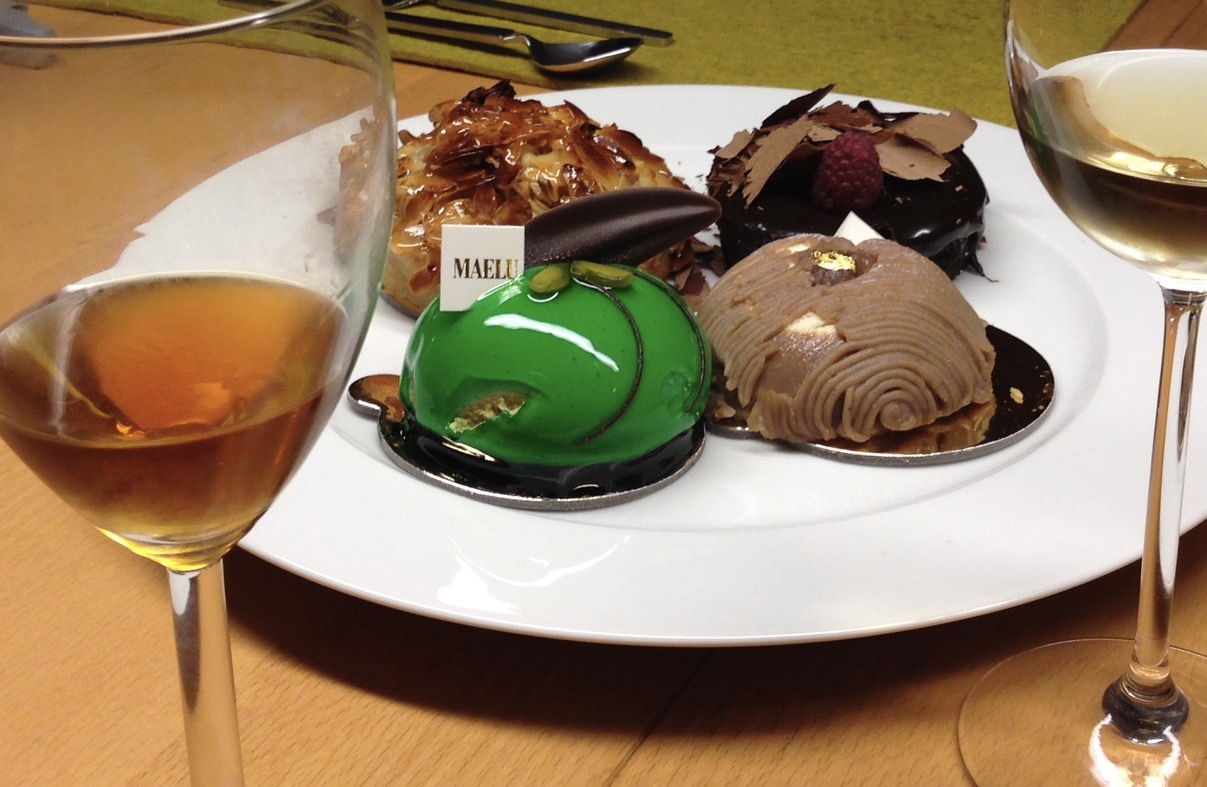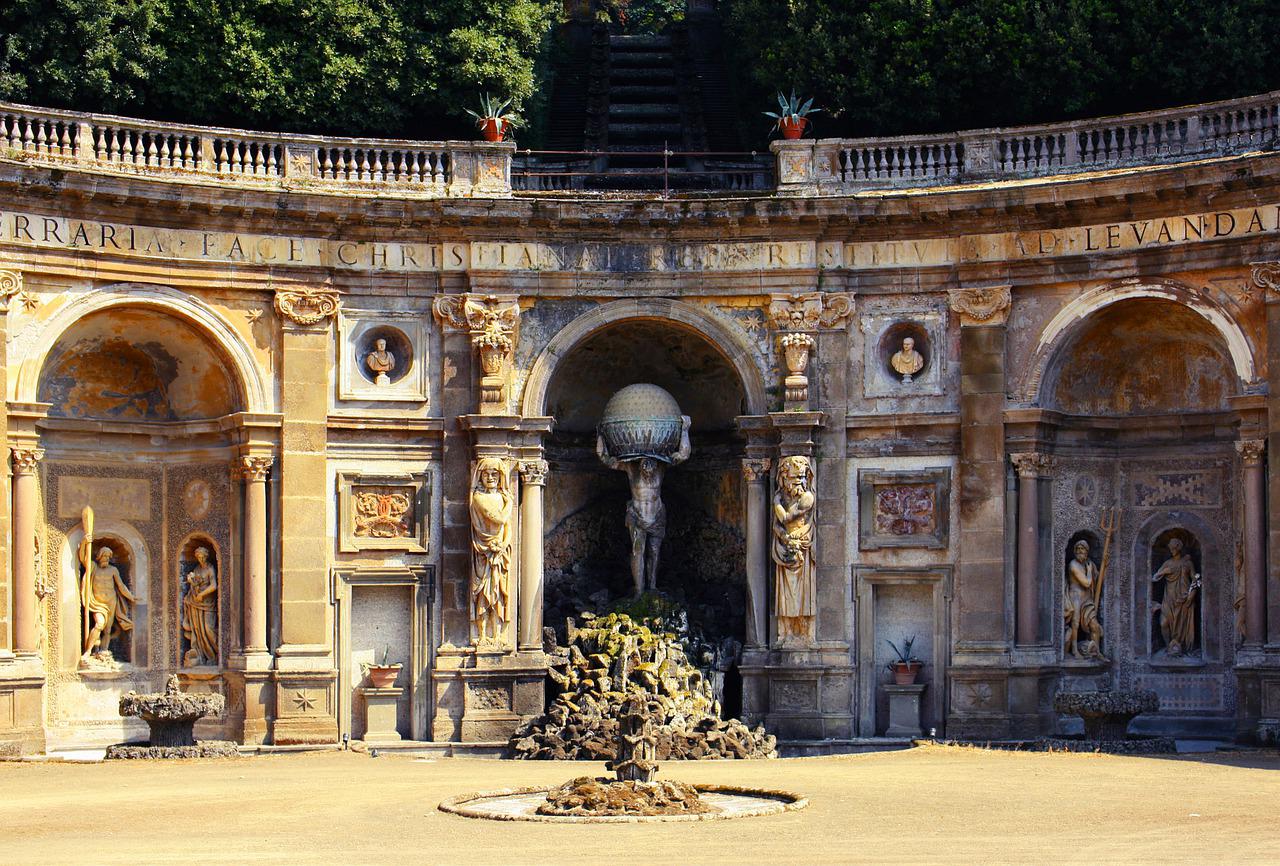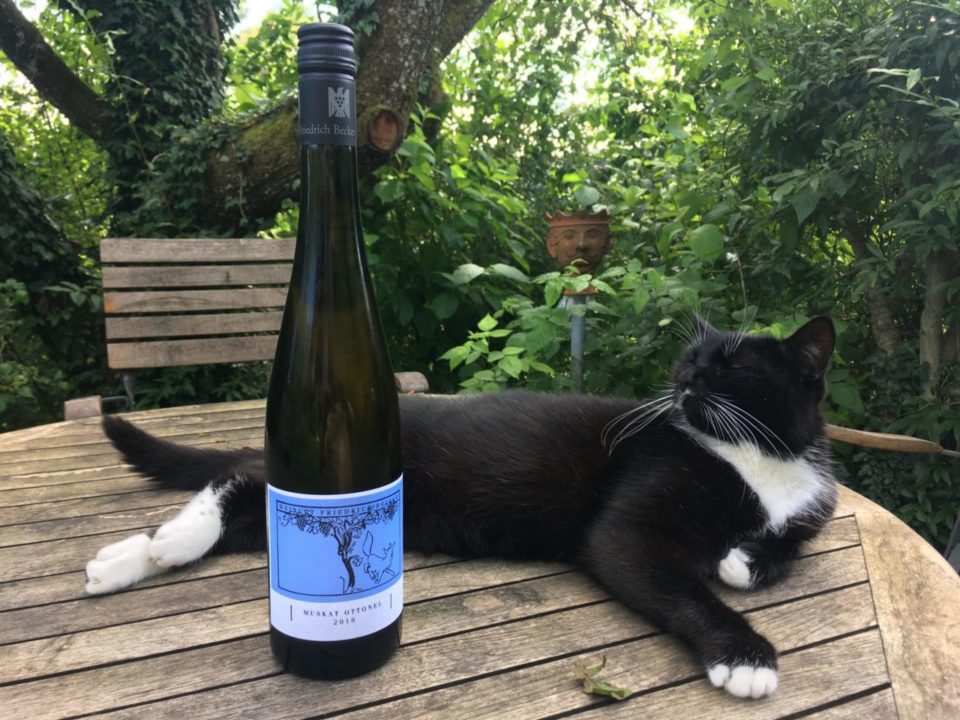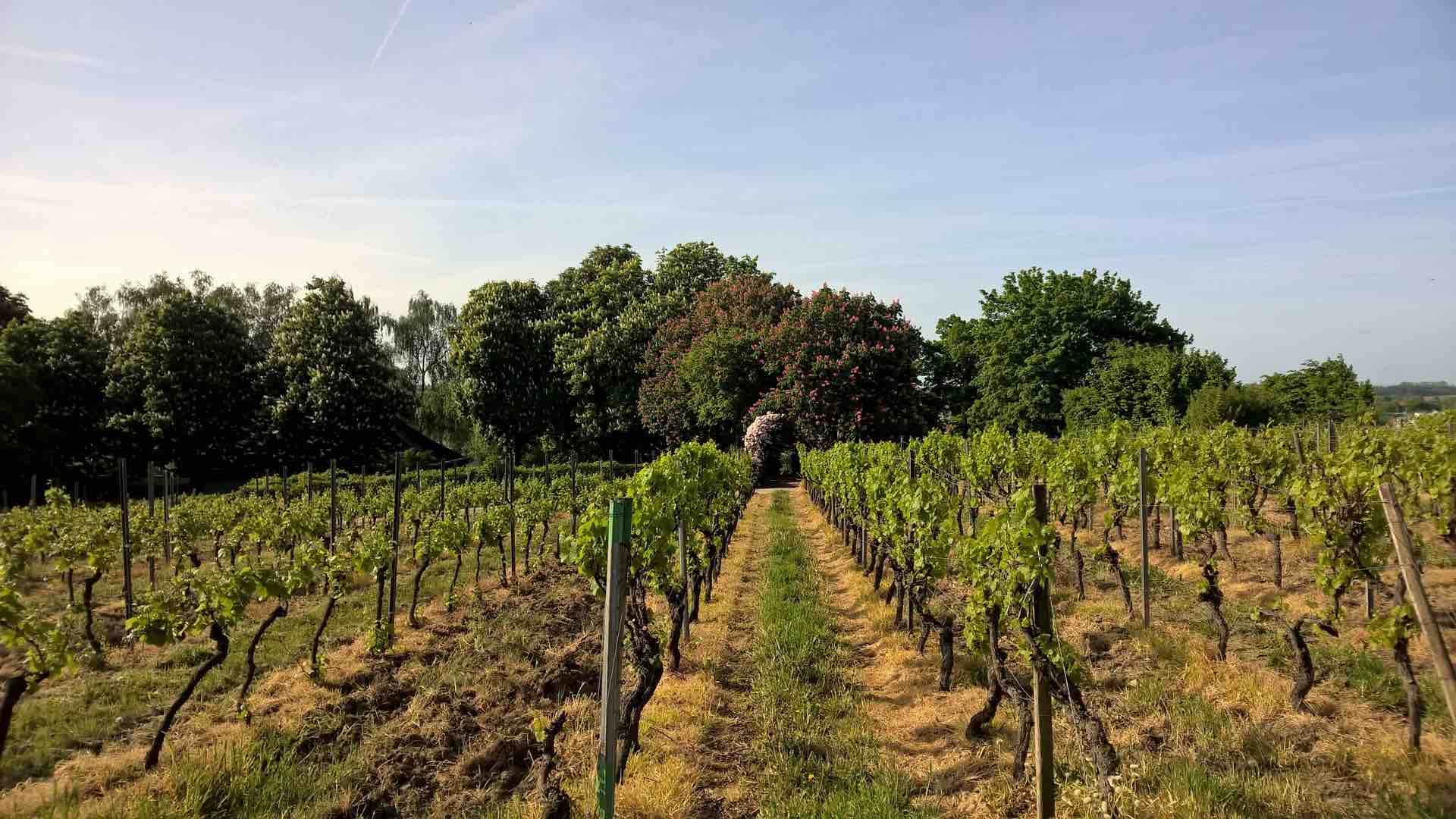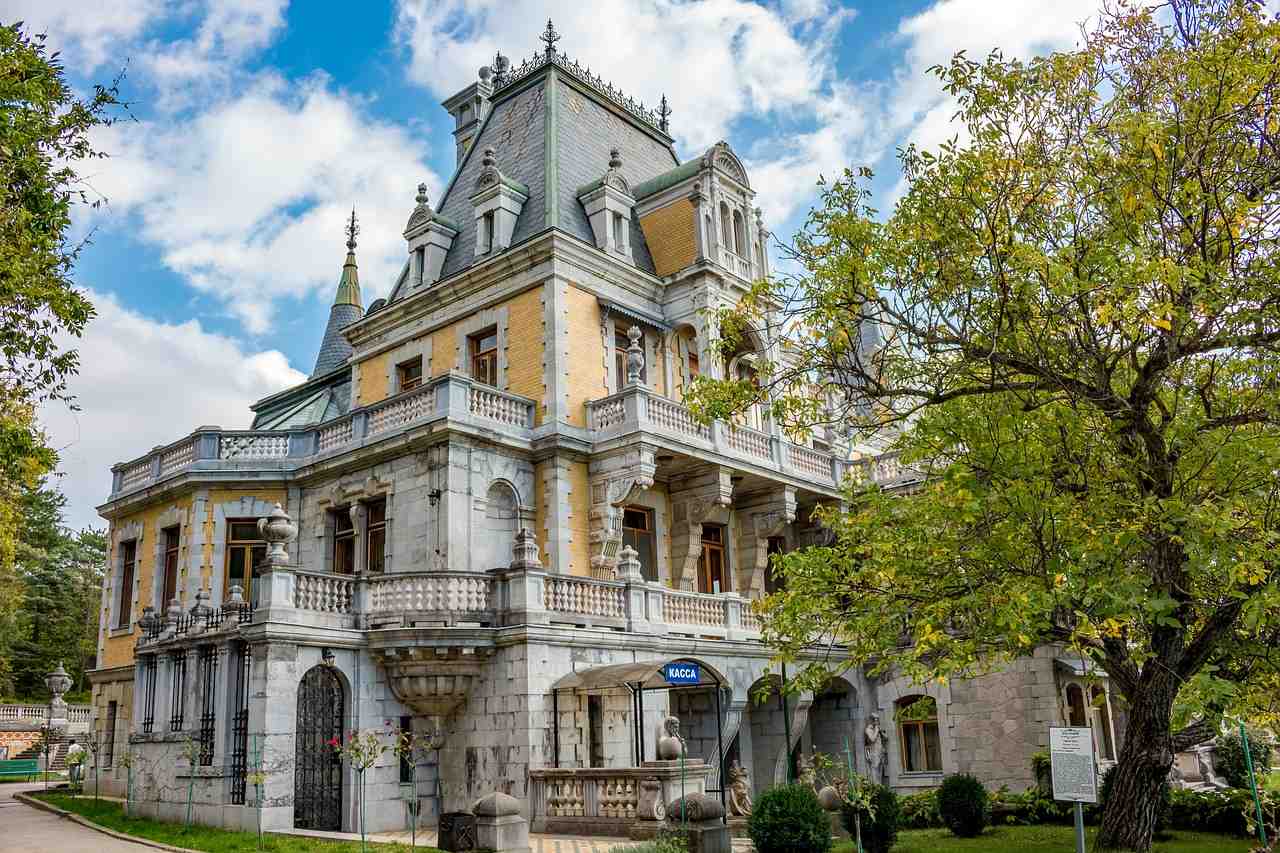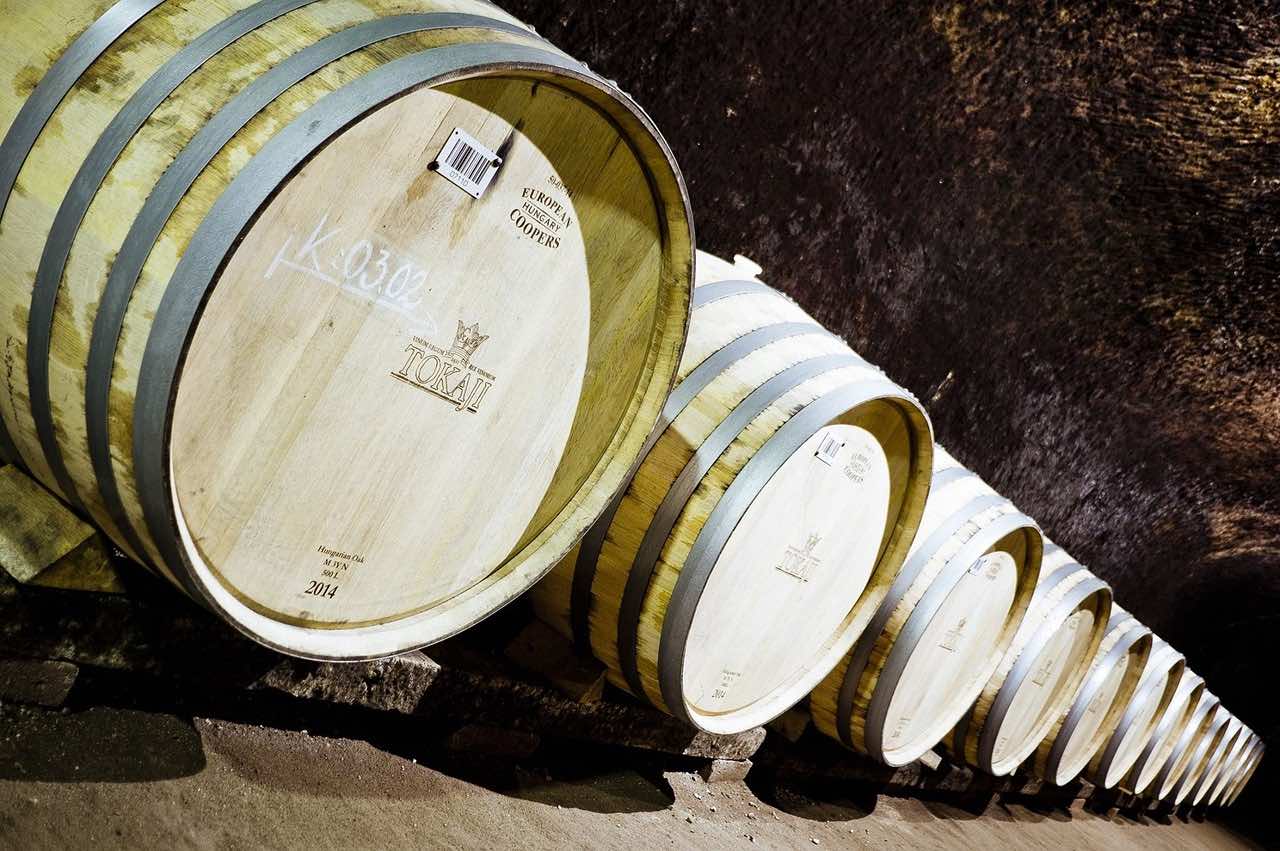
Tokaji or Tokajer, once very popular with European royal families, came into the focus of western investors shortly after Hungary’s political change, who hoped to be successful with a renaissance of Tokajer. For example, the French insurance group AXA Millésimes took over the long-established, well-known Disznókő winery in 1992. Whether this had an influence on the quality of the Tokaji Aszú 6-Puttonyos 1993 tasted from the winery remains to be seen.
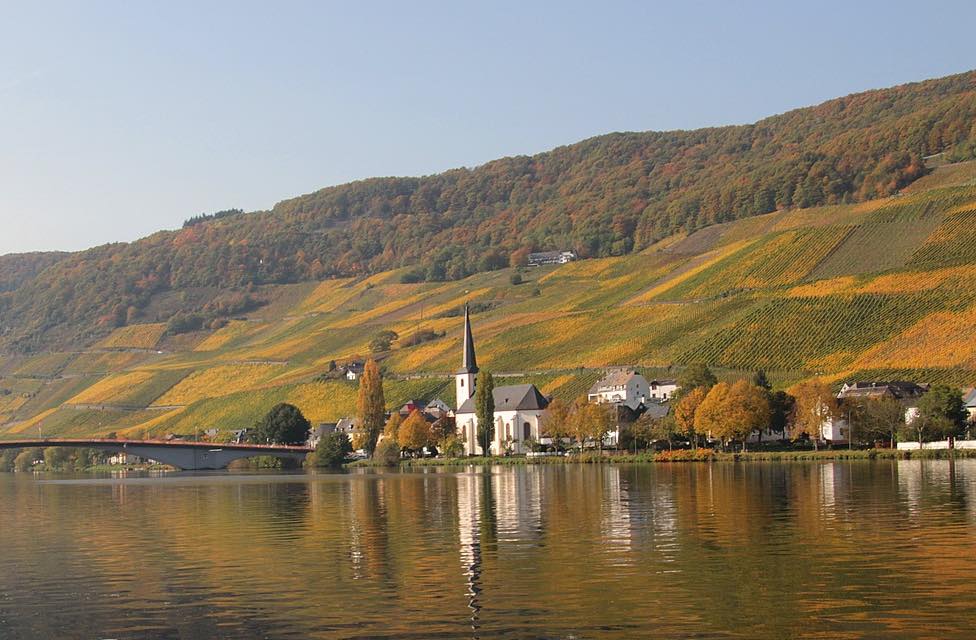
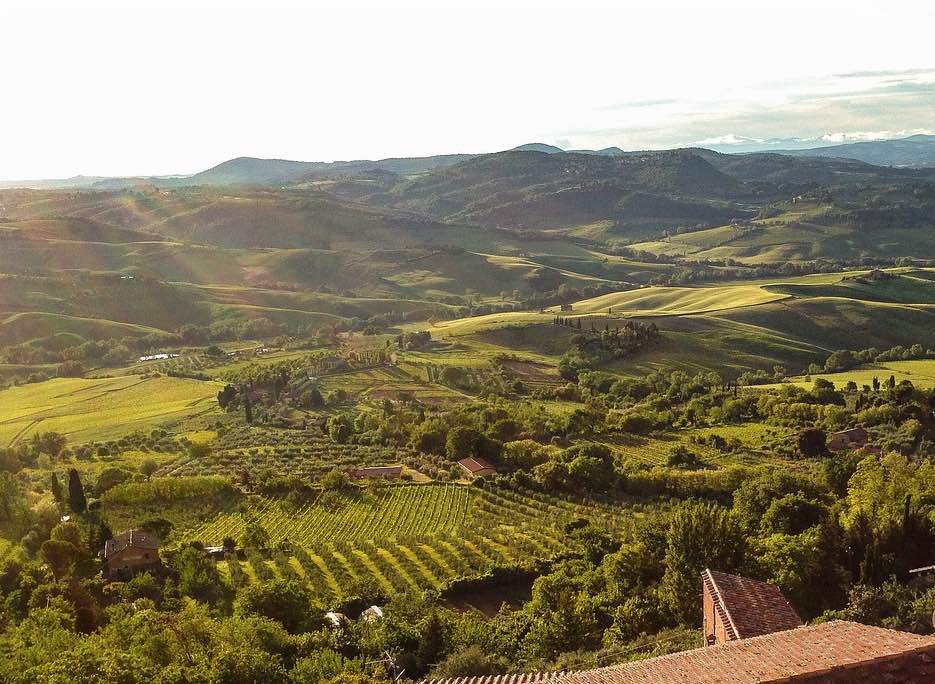
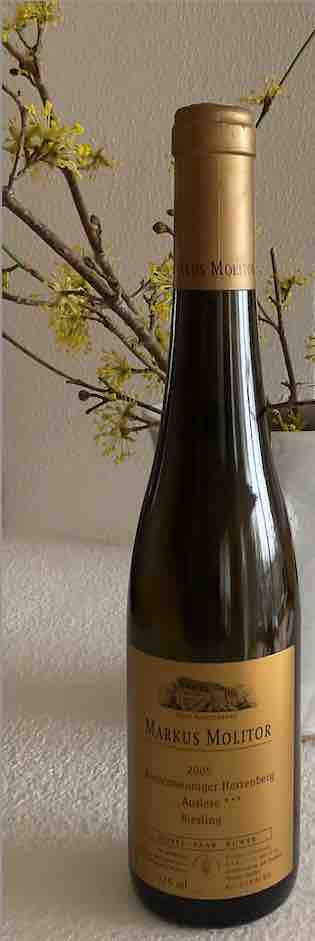 Markus Molitor shows how the consistent implementation of quality standards can become a story of success. Since taking over his father’s winery in 1984, he has constantly expanded it, as he has consistently pursued the goal he formulated of building on the golden days of Riesling from the Mosel with wines that are extremely typical of the location and can be stored.
Markus Molitor shows how the consistent implementation of quality standards can become a story of success. Since taking over his father’s winery in 1984, he has constantly expanded it, as he has consistently pursued the goal he formulated of building on the golden days of Riesling from the Mosel with wines that are extremely typical of the location and can be stored.